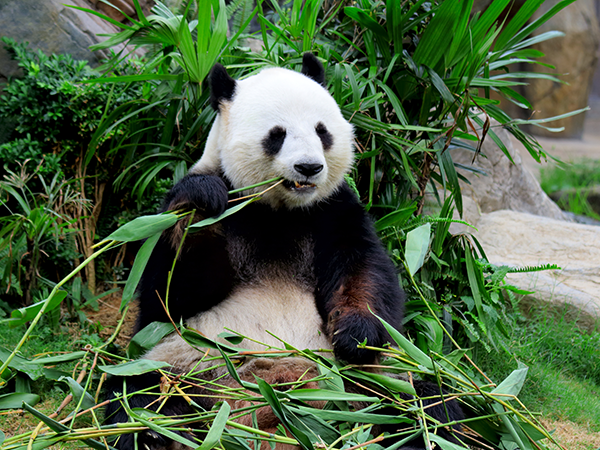
Grade:
Topic:
Unit:


In this lesson mini, students discover how energy flows from the Sun through living things. Students first explore key energy flow vocabulary through movement and visual displays. They then investigate how the Sun’s energy moves through food to power their daily activities. Finally, students use games and models to demonstrate energy transfer between producers and consumers in nature. Through hands-on activities and investigations, students build understanding of how all living things depend on the Sun’s energy to survive.

Minutes
Minutes
Minutes
Minutes
Minutes

Level-up current events into dynamic learning!